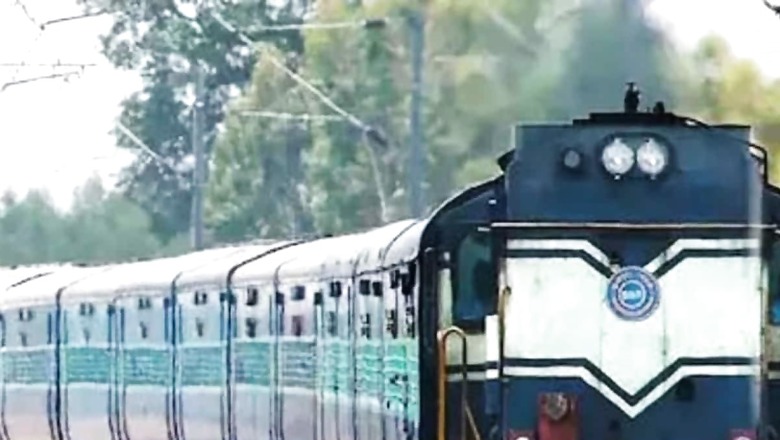
views
If you are a usual commuter between Mumbai and Pune, there is a chance you may save 30 minutes on the train.
Central Railway (CR) has identified two routes for constructing extra tracks between Mumbai and Pune. If implemented, the new rail alignment would cut down travel time by thirty minutes and make way for at least 10 more trains on the route. Reportedly, a feasibility report is in place to find the perfect alignment, based on factors of cost and terrain.
Moreover, as per reports, the new rail alignment between Pune and Mumbai will bypass the steep ghats and other challenging terrain of the existing route. As per the plan, the ghat section will be replaced by multiple tunnels for which the Railway Board has recently given preliminary approval by Union Railways Minister Ashwini Vaishnaw to develop a long-term solution that improves connectivity between Mumbai and Pune.
A top CR official while talking about the ambitious project, told the Times of India (TOI) “The proposed tracks will be to the east of the existing tracks and will bypass Lonavala.”
The official also mentioned that the existing alignment has a severe grade of 1/37, meaning more locomotives are needed. The new alignments will have gentler gradients which means trains will be able to reach speeds of up to 110 kmph because of the decreased gradient, in turn reducing the travel time.
Talking about the projected time of the project, the official said, “Once the Kalyan yard work is completed and the new platforms at Panvel and LTT are operational, CR will be able to increase the number of trains by 10,”.
At present, only two trains can cross these ghats, the Mumbai-Solapur Vande Bharat and the Mumbai (Chhatrapati Shivaji Maharaj Terminus) Rajdhani Express, the latter of which has engines at both ends.
Furthermore, Swapnil Neela, chief public relations officer at CR during an interview stated that this double-electrified line is projected to be more rapid even though it would add a 20 km detour since it will eliminate the need for the laborious procedure of attaching and disconnecting banker locomotives.
“This, along with the more manageable gradient, will reduce delays and speed restrictions,” Neela added.




















Comments
0 comment